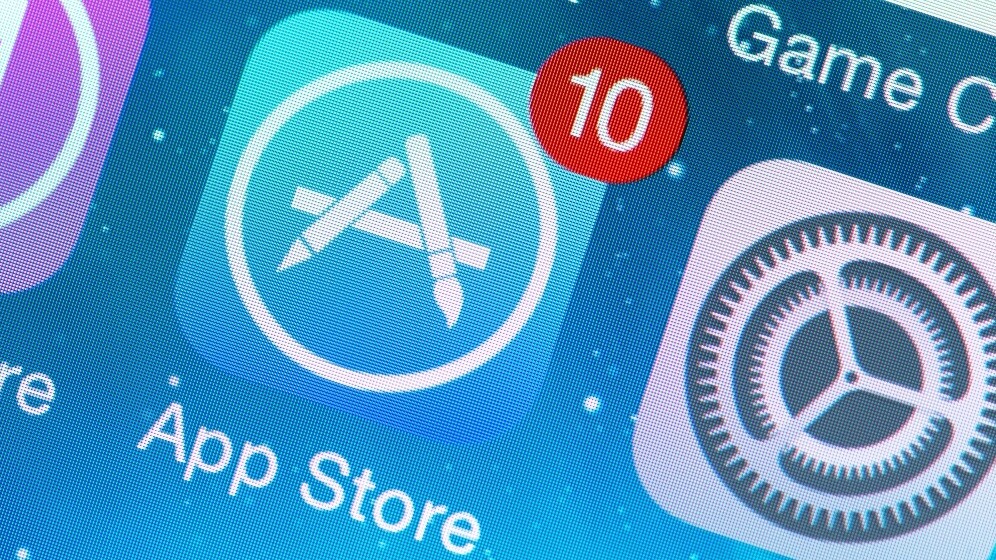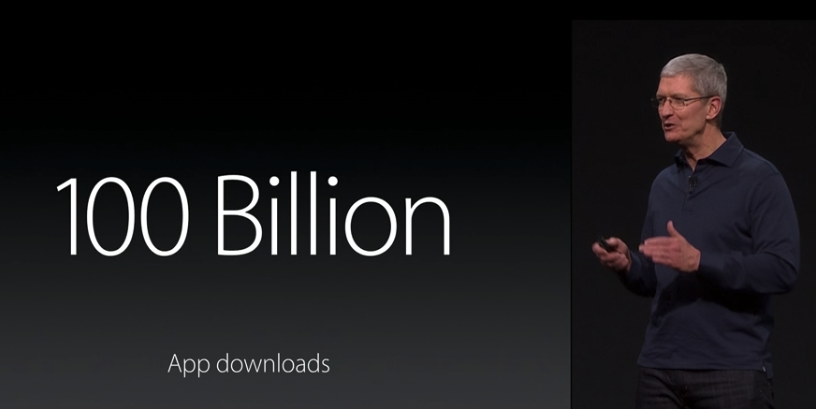
Anyone can make an app. You need look no further than TNW Deals to find tutorials on creating your own app for distribution into the App Store or Google Play. Making a living from those apps — that’s not so simple.
The romantic notion of making an app that goes viral and makes some lucky developer a ton of cash is sadly fading. Now that the App Store and Google Play are so massive, it’s hard to make an impact, much less earn a living.
David Smith laid it out pretty simply in his latest Developing Perspective podcast (which you should be listening to if you’re an iOS developer), Users Per Day. In that episode, he touches on what he feels is an adequate take-home for an independent developer:
What I’ve always done… is I kind of work backwards into how much I need the apps to make each day.
Say you wanted to take home from your business about $85,000 per year. You have to keep in mind that if you’re working for yourself, there’s also a bunch of overhead and costs that you won’t have from a salaried [position with a company].
If you want to take home that amount, you probably need to make substantially more, around $100,000. What would that look like — practically — on a day to day basis?
I checked out various websites like Glassdoor and Simply Hired and found the average salary for an iOS developer varies, but $100,000 is in the ballpark. Using that figure, an independent developer needs to make about $273 each day.
At launch, apps typically see a massive spike in revenue, followed by a lull. If an app is catchy enough, coverage in the media can help drive some sales. Long-term, user reviews and overall usefulness of an app (even if it’s simple) will keep things chugging along.
Still, to make a competitive wage independently, developers are asking a lot from customers. There are also a lot of moving parts to making a living from the App Store or Google Play.

Monetization
How an app is monetized makes a big difference. Paid apps often can’t withstand in-app purchases, as people don’t like to think they didn’t unlock an ‘unlimited everything’ mode. Photography apps are typically immune to this, but customers still complain.
Free apps supported by ads are also frowned upon. People want free stuff, but if an ad encroaches on space the user deems inappropriate — look out. Worst app ever.
Creating users
Discovery is important, and increasingly tough (there are over 1.5 million apps in both Google Play and the App Store!). Even if a developer is lucky enough to be featured, the attention is relatively short-lived. It’ll help your income spike rise higher, but that’s probably it.
The easy answer is to create multiple apps. That’ll help, but may send you tumbling down the rabbit hole even faster. If you plan on creating an app that is sustainable, you’ll have to support it. If new technology comes out that will improve your app for the end-user (like TouchID or the 1Password API, if we’re talking log-in), it’s in a developers best interest to include it. Otherwise, an app will simply fade into obscurity, along with your income.

Trying to make a dollar out of 70 cents
Further, Apple and Google both take a 30 percent cut of an app’s income. When it comes to independent development, one dollar is actually 70 cents.
Should that 70 cents be an in-app purchase — a free seven day trial ahead of a purchase, for instance — a developer has to consider conversion rates. If you’ve convinced 50 percent of those using your app to make a purchase, you’ve doubled the amount of downloads needed to make it as an independent developer.
That $273 is actually more like 390 purchases, considering the cut Apple and Google take. If you offer an free trial as detailed above (with the conversion rate noted), that’s 780 downloads you need to average — daily.
The conversion rate I pinned to the example is likely very progressive, too. An app developer is likely to edge closer to 10 percent an 50 percent, which only compounds the problem.
Can it be done?
Making a living independently is still the dream many developers have, it’s just not as easy as it once was. The respective Android and iOS app stores are crowded, and glamorous apps like Monument Valley quickly absorb a lion’s share of consumer spending (and attention).
Plenty of developers shun the drudgery of an office building to work on their own apps, so the dream is still alive. If you’ve got enough great ideas in your pocket and the skills to be a full-stack developer, maybe it’s worth chasing the dream.
Either way, we should all respect what developers have to deal with aside from the headaches that come with app development. The next time you think spending a dollar in the App Store is insanity, just remember it’s someone’s livelihood. Spend a buck, support a dev.
Get the TNW newsletter
Get the most important tech news in your inbox each week.





